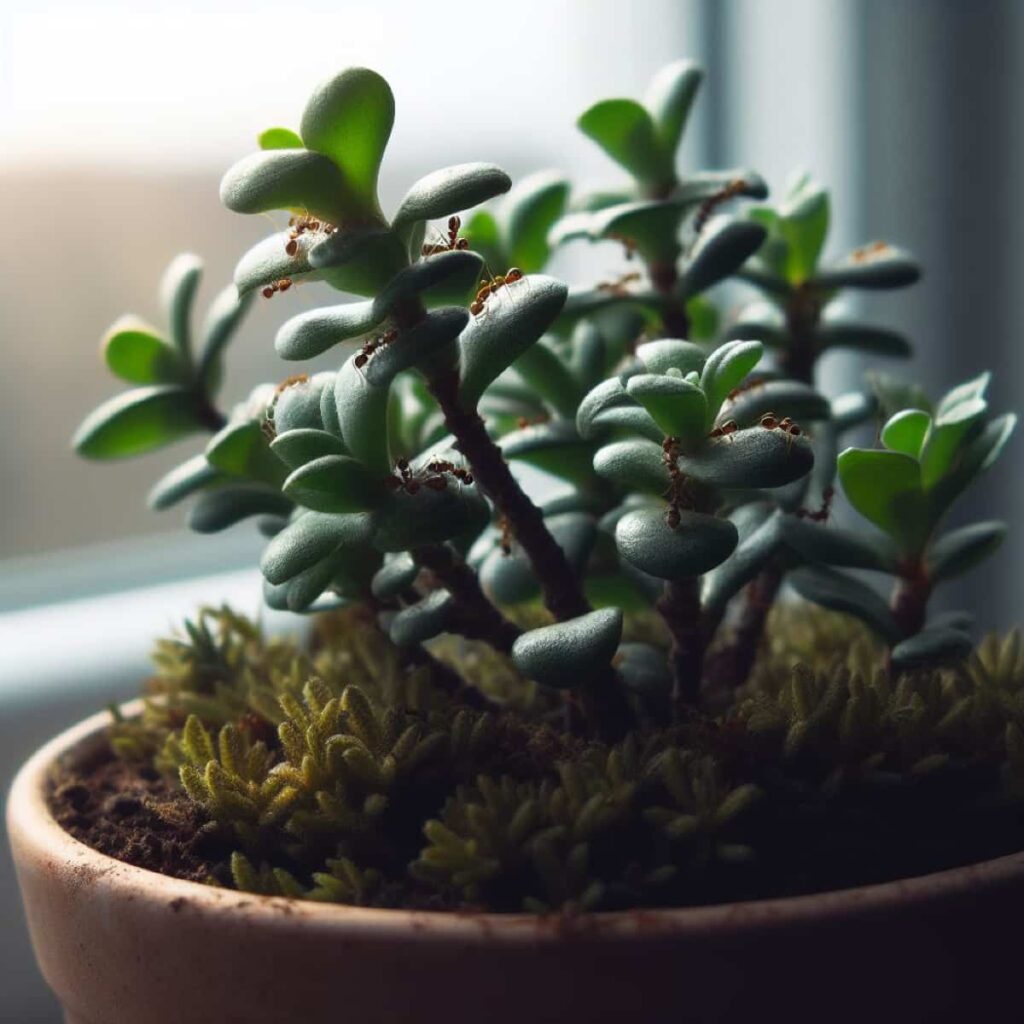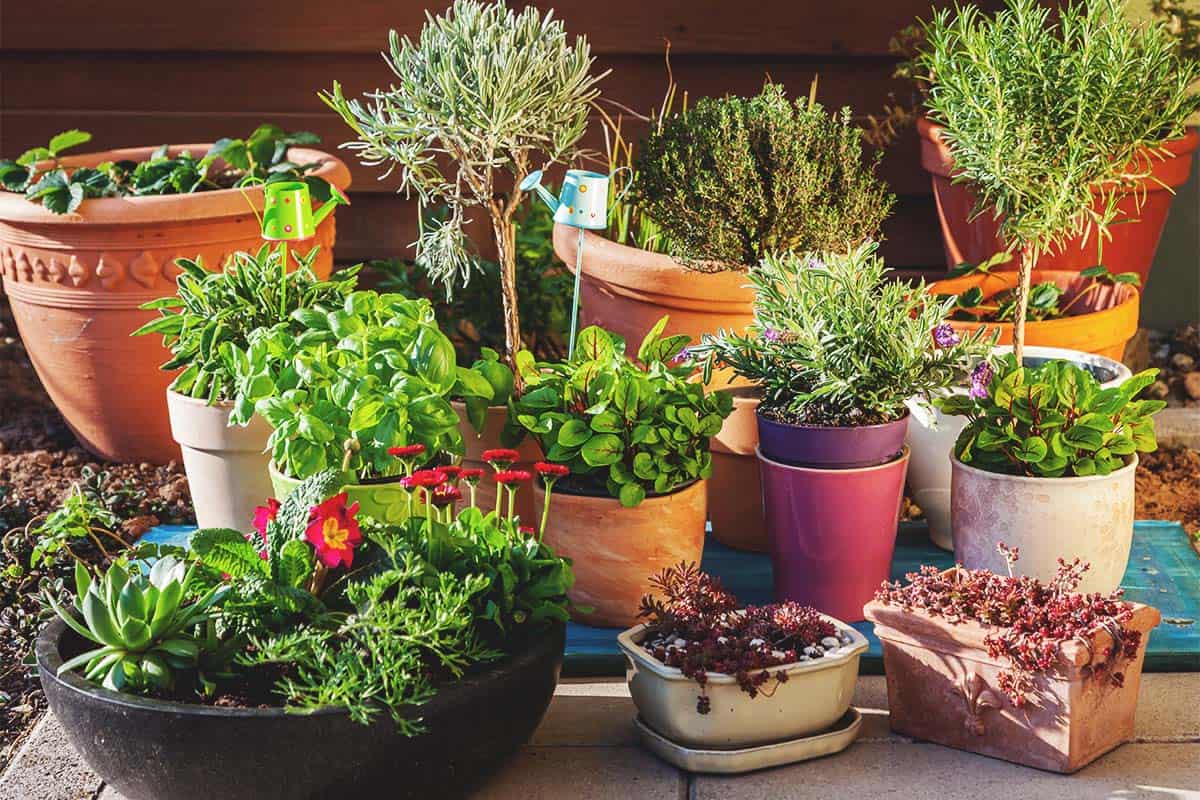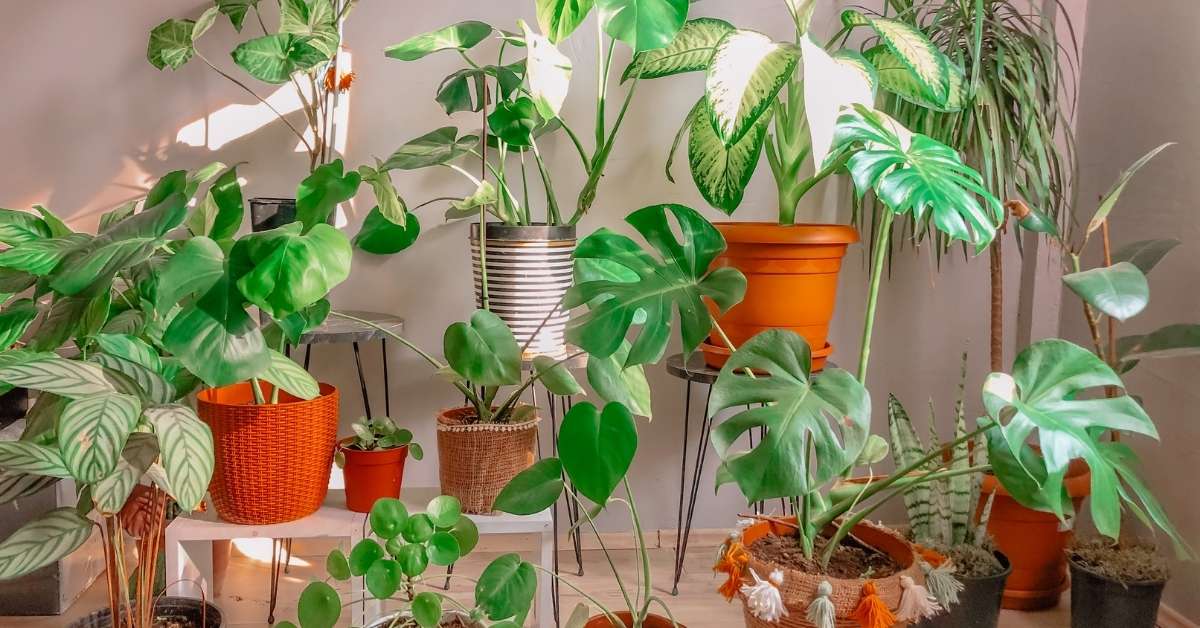Introduction: The Unwelcome Guests in Your Garden Haven
Ants, with their intricate colonies and relentless foraging, can turn a tranquil flower pot haven into a bustling highway of unwelcome activity. These industrious insects, though beneficial to the ecosystem in many ways, often pose a challenge for garden enthusiasts seeking to maintain pristine potted plants. Their presence can disrupt soil structure, damage plant roots, and even attract other pests. Fear not, for there are effective, eco-friendly strategies to reclaim your pots from these tiny invaders without resorting to harsh chemicals. This comprehensive guide delves into understanding ant behavior, preventive measures, and natural remedies to ensure your flora flourishes, ant-free.

Understanding the Ant’s Attraction to Your Flower Pots
Ants are attracted to flower pots primarily for two reasons: food and shelter. Many species are enticed by the sweet nectar produced by flowers or the honeydew secreted by aphids and scale insects that often inhabit potted plants. Furthermore, the moist soil provides an ideal nesting environment for certain ant species. Recognizing these attractions is key to formulating a targeted approach to elimination.
Preventive Measures: Fortifying Your Defenses
Prevention is always better than cure, and the same holds true for ant invasions. Start by maintaining good gardening practices: regularly clean up fallen leaves and debris around pots, as these can harbor ants and other pests. Ensure proper drainage to avoid waterlogging, which ants find attractive. Apply a layer of fine mesh or gravel at the bottom of pots to discourage ants from building nests. Additionally, inspect new plants for ants before introducing them to your collection and consider using natural barriers like diatomaceous earth around the base of pots to deter entry.

Natural Remedies: Gentle yet Effective Solutions
When ants have already set up camp, natural remedies offer gentle yet potent ways to evict them without harming your plants or the environment. One such method involves the use of cinnamon. Sprinkling cinnamon powder around the base of affected pots can be surprisingly effective; ants dislike the strong scent and will avoid crossing it. Alternatively, a solution of equal parts water and white vinegar sprayed onto the soil and pot surfaces can both repel ants and neutralize their trails, disrupting their communication system.
Baiting Techniques: Targeting the Colony
For persistent infestations, baiting can be highly effective. Unlike surface repellents, baits work by luring worker ants to carry a toxic substance back to the nest, eliminating the queen and the colony. For a natural approach, mix borax with a sweet attractant like honey or sugar syrup. Place small amounts of this mixture on cardboard near the ant activity, being cautious to keep it out of reach of children and pets. Remember, patience is crucial; it may take several days for the bait to take full effect.
Soil Management: Denying Ant Habitat
Ants thrive in loose, moist soil rich in organic matter—conditions often found in potted plants. Adjusting your soil management strategy can help deter them. Incorporate perlite or sand into the soil mix to improve drainage and create a less hospitable environment. Regularly aerating the soil and allowing it to dry slightly between watering sessions can also reduce ant colonization. Consider using compost with care, as it may attract ants; ensure it is well-aged and free of ant activity before application.

Plant Selection and Companion Planting: Natural Allies
Some plants naturally deter ants through their scent or chemical compounds. Mint, rosemary, and tansy are examples of herbs that can be planted alongside your flowers to act as natural repellents. Not only do they add aesthetic and culinary value to your garden, but their strong fragrances confuse ants, making it difficult for them to establish trails. Companion planting also encourages biodiversity, promoting a balanced ecosystem that is less susceptible to pest outbreaks.
Addressing Underlying Issues: Controlling Other Pests
Ants are often indicators of a larger problem—other pests they farm for honeydew. Aphids, mealybugs, and scale insects secrete this sweet substance, attracting ants that protect these pests in exchange for their honeydew. By controlling these sap-sucking insects, you can indirectly reduce ant activity. Use insecticidal soaps or neem oil sprays to manage these pests, being careful to follow instructions for safe application around your plants.

Integrating Physical Barriers: Blocking Entry Points
To complement your baiting, soil management, and plant selection strategies, consider physically blocking access points that ants use to enter your garden or home. Seal cracks and crevices around doors, windows, and foundations with caulking or weather stripping. For potted plants, elevate them on stands or use barriers such as copper tape around the pots—ants tend to avoid crossing copper due to a reaction that causes discomfort to their legs.
Maintaining a Clean Environment: Removing Food Sources
Ants are attracted to food debris and standing water. Regular cleaning, especially in outdoor eating areas and kitchens, can significantly reduce their presence. Promptly wipe up spills, store food in airtight containers, and dispose of garbage regularly. Keep your garden free of decaying plant material and fallen fruit, which can also attract ants and other pests.
Monitoring and Early Intervention: Staying Ahead of Infestations
Regular monitoring is key to preventing small ant problems from turning into large infestations. Check for signs of ant activity, such as trails or nests, and address any issues immediately. Early detection allows for more targeted and less intrusive control measures.
Natural Predators: Encouraging Beneficial Insects
Introduce or encourage the presence of natural predators in your garden, like ladybugs, lacewings, and spiders. These insects prey on aphids, mealybugs, and other pests that attract ants, helping to break the cycle of ant infestation naturally. Avoid using broad-spectrum pesticides that harm these beneficial insects, as they are essential for maintaining a healthy ecosystem.

Conclusion: Restoring Harmony to Your Potted Paradise
Successfully eliminating ants from your flower pots requires a holistic approach, combining preventive measures, natural remedies, and strategic interventions. Through understanding ant behavior, implementing preventive practices, and employing eco-friendly solutions, you can restore balance to your potted garden without compromising its health or beauty. Remember, persistence and consistency are key in the battle against these determined invaders. With patience and care, your flower pots will once again become a haven of serenity, free from the march of unwanted ant armies.
